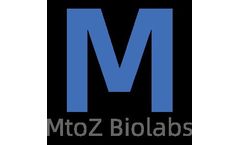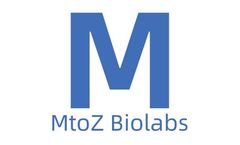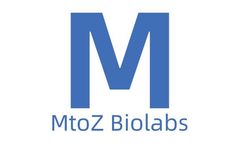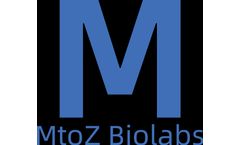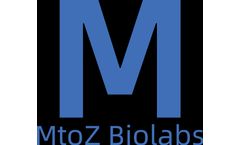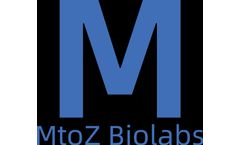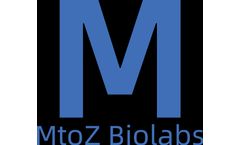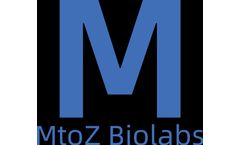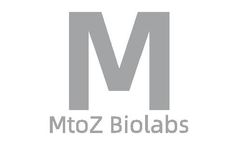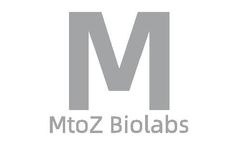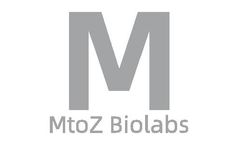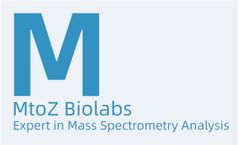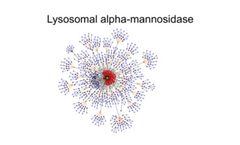Elisa Assay Articles & Analysis: Older
20 articles found
Therefore, it is very important to conduct detailed analysis of the interaction between recombinant protein drugs and FcyR.The analysis of the interaction between recombinant protein drugs and FcyR is mainly carried out through experimental methods such as enzyme-linked immunosorbent assay (ELISA) and surface plasmon resonance (SPR). In ELISA ...
These methods are usually simple and low-cost, but their sensitivity and specificity may not be as good as more advanced analytical methods.Enzyme-Linked Immunosorbent Assay (ELISA)ELISA is an immunological method that can be used to detect and quantify specific proteins, including collagen. ...
Phosphatase TreatmentThis treats protein samples with a phosphatase to determine the phosphorylation state of protein by comparing the phosphorylation levels before and after treatment.5. Enzyme-Linked Immunosorbent Assay (ELISA)This uses phosphorylation-specific antibodies to quantitatively analyze phosphorylation levels in protein samples.Applications1. ...
Proteins from these host cells can mix with the target product, so it is necessary to identify and quantify them through HCP residual detection.Enzyme-Linked Immunosorbent Assay (ELISA)This is a commonly used method that detects HCPs by using antibodies against host cell proteins. Although ELISA is very sensitive, its specificity may be limited ...
ELISAEnzyme-linked immunosorbent assay (ELISA) is the standard method for HCP detection because it provides quick, quantitative results. ...
This involves using specific antibodies against acetylation sites, followed by detection with a fluorescently tagged secondary antibody.Enzyme-Linked Immunosorbent Assay (ELISA)If it is necessary to quantitatively analyze the levels of acetylated proteins, the ELISA method can be used.When choosing a method, it is necessary to consider the type ...
Linear epitopes are suitable for use in protein blotting (Western Blot) and paraffin-embedded immunohistochemistry experiments, and native epitopes are more suitable for immunoprecipitation (IP), cryosection immunohistology, flow cytometry, and enzyme-linked immunosorbent assay (ELISA). In addition, those antibodies that can identify formalin-resistant epitopes ...
Vaccine ResponseAfter vaccination, by measuring the antibody levels against vaccine components, an individual's immune response or level of immune protection can be assessed.Drug antibody testing usually requires the collection of blood samples from the test subject, which are then analyzed in the laboratory using testing methods such as enzyme-linked immunosorbent assay ...
This is due to collagen molecules forming an extensive network through different types of cross-linking, making the collagen molecules insoluble and difficult to extract.At present, several types of analysis methods are available for collagen analysis:ELISA of Collagen Specific Propeptide DomainsThis method uses enzyme-linked immunosorbent assay (ELISA) to detect ...
Specific Staining Method(1) Dyes like Sirius Red or Masson's Trichrome can be used to specifically color collagen.(2) On tissue sections, the stained areas can be quantified using image analysis software to estimate the collagen content.3. ELISA (Enzyme-Linked Immunosorbent Assay)(1) ELISA can use anti-collagen antibodies to quantitatively detect ...
Binding Activity Testing(1) Enzyme-Linked Immunosorbent Assay (ELISA)Uses the target antigen coated on microtiter plates to test the binding ability of the antibody drug.(2) Surface Plasmon Resonance (SPR)Can detect the binding between the antibody and the target molecule in real-time, and determine the rate constants for binding and dissociation.2. ...
Methods for Detecting Collagen Content 1. Hydroxyproline Assay (1) Collagen is one of the few proteins that contain hydroxyproline. ...
This test exhibited a correlation of r=0.98 with a high-sensitivity commercial ELISA assay and a correlation of r=0.90 between matched serum and fingerstick ...
Furthermore, biotin PEG can be used as a probe in various diagnostic assays, such as enzyme-linked immunosorbent assay (ELISA) or lateral flow assays. ...
Host cell proteins (HCPs) are process-related impurities produced by host cells and are typically present at low levels in recombinant biopharmaceutical products. Enzyme-linked immunosorbent assay (ELISA) has traditionally been used to monitor the total content of HCP in the production of therapeutic protein drugs. ...
One of the most commonly used enzyme-based diagnostic tests is the enzyme-linked immunosorbent assay (ELISA). ELISA is a highly sensitive test that can detect small amounts of a specific protein or antibody in a patient's blood. ELISA is commonly used to diagnose infectious diseases, autoimmune disorders, and even cancer. ...
These Al-designed antibodies also exhibited a very high cross-binding hit rate against different Spike protein RBD region mutants in ELISA assay. The Al-designed antibodies were tested in vitro and demonstrated high potency against multiple strains in real virus neutralization assays. ...
This alteration exposes PF4 epitopes, characteristic of the molecule involvement in heparin complexes, which can bind heparin dependent antibodies. Enzyme Linked Immuno-Sorbent Assays (Elisa) for heparin dependent antibodies, use stoichiometric such as Polyvinyl-Sulfonate (PVS), providing evidence that the location of the reactive epitopes of heparin dependent ...
This once again highlighted the need to go beyond a quantitative ELISA result and to know your HCP identities and abundances in order to minimize risks. ...
Many HIV-1 envelope-based synthetic peptides behave as antigenic mimics of linear or conformational epitopes generated in vivo in infected subjects, meaning they can be used as immunogens for antibody induction in appropriate animal models or as antigens in Enzyme-Linked Immunosorbent Assay (ELISA). These peptides are linear or branched, single sequenced or ...

